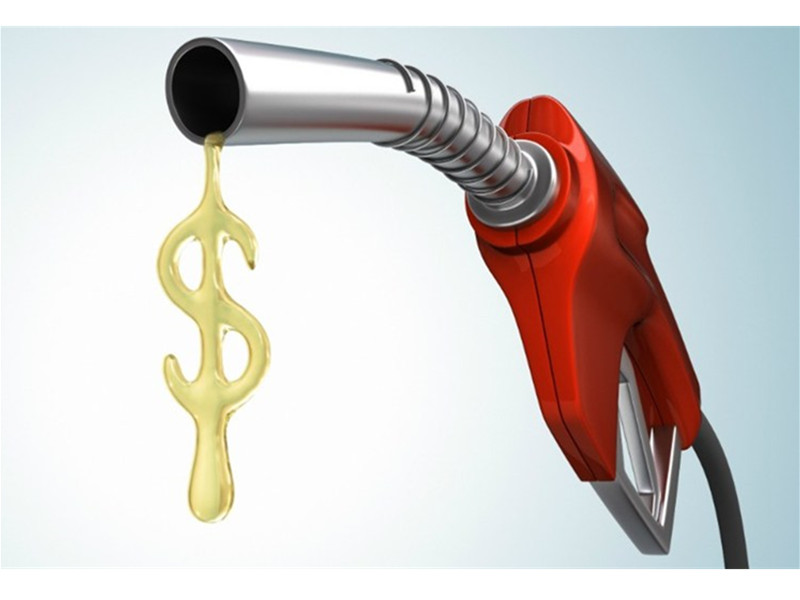Introduction:
Fuel additives have long played a crucial role in optimizing traditional fuels for improved performance, efficiency, and environmental impact. With the ever-growing demand for cleaner energy solutions, graphene additives have emerged as a promising contender. This article aims to conduct a comprehensive comparative analysis between graphene additives and traditional fuel additives, shedding light on their respective impacts on fuel performance and environmental sustainability.

Background on Fuel Additives:
Traditional fuel additives have been a staple in the automotive and energy industries, addressing issues such as engine deposits, combustion efficiency, and emissions reduction. These chemical compounds are blended with fuels to enhance their properties, ensuring smoother engine operation and reduced environmental impact.
.jpg)
Introduction to Graphene Additives:
Graphene additives represent a new frontier in fuel technology. Composed of a single layer of carbon atoms arranged in a hexagonal lattice, graphene boasts exceptional properties like high electrical and thermal conductivity, mechanical strength, and chemical stability. In this section, we will delve into the composition, properties, and potential applications of graphene additives, exploring how they might revolutionize fuel efficiency and emissions reduction.
Comparative Analysis:

Fuel Efficiency:
Traditional Fuel Additives: Historically proven to enhance fuel combustion and improve overall efficiency. Graphene Additives: Leveraging graphene's conductivity and stability to potentially optimize fuel combustion further.

Emissions Reduction:
Traditional Fuel Additives: Aimed at minimizing harmful emissions, contributing to environmental sustainability. Graphene Additives: Investigating whether graphene's unique properties can offer a more significant impact on reducing emissions.
Engine Performance:
Traditional Fuel Additives: Addressing issues like engine deposits and wear, ensuring smoother operation. Graphene Additives: Assessing the potential of graphene to enhance engine performance, considering its mechanical strength and stability.
